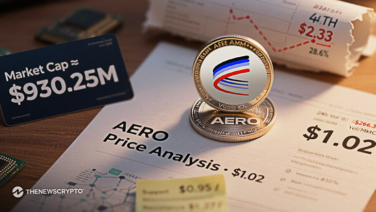- Circle’s USDC is now seeing less use as a result of a widespread crackdown.
- Investors have fled to safer havens, with Binance bearing the brunt of the exodus.
The United States’ crypto war has also had an effect on the stablecoin ecosystem, with a notable split developing between the two largest issuers. According to the company’s transparency report, the total supply of Tether has hit an all-time high of 83.36 billion USDT.
Will Clemente, an industry expert, said:
“The divergence from USDC is striking, reflecting easier access to treasuries for US-based USDC holders and regulatory uncertainty for US-based Circle. What was once a competitive advantage for USDC is now the opposite.”
Tough Times for Circle
Once preferred by institutions, Circle’s USDC is now seeing less use as a result of a widespread crackdown on cryptocurrencies. Exposure to the now-defunct Silicon Valley Bank also had a significant negative effect on Circle. In early March, USDC de-pegged, resulting in a widespread collapse of investor confidence.
Since reaching a high of over $56 billion in June 2022, the supply of USDC has dropped by almost 50%. Its market share has plummeted to 22% as a consequence, while Tether’s has soared to a dominant 64.5%.
As of writing, CoinGecko estimates a total market valuation for stablecoins of $128.9 billion. Though it, too, has suffered significant declines in value during the bear market, its market cap still accounts for over 12% of the whole cryptocurrency market.
Glassnode announced on June 12 that outflow volumes for USDT and USDC had reached a monthly high from centralized exchanges. Since the SEC filed two lawsuits and took enforcement action against exchanges last week, investors have fled to safer havens, with Binance bearing the brunt of the exodus.
CEO Changpeng Zhao of Binance warned investors not to put too much credence in Binance outflow numbers from analytics platforms since they utilize TVL (total value locked), which includes drops in the values of crypto assets.
The cryptocurrency market’s volatility subsided during the weekend. Over the previous day, overall capitalization has been relatively calm, staying around $1.06 trillion.








